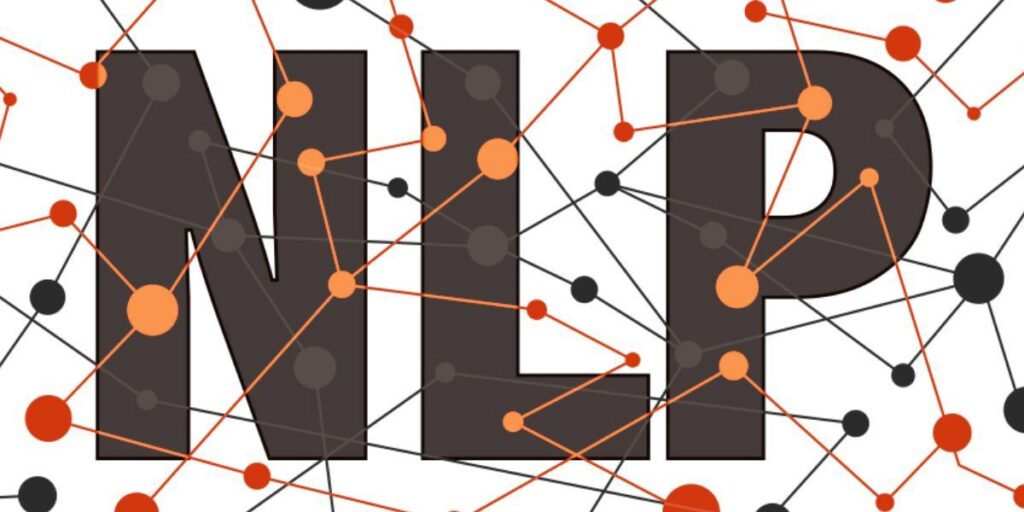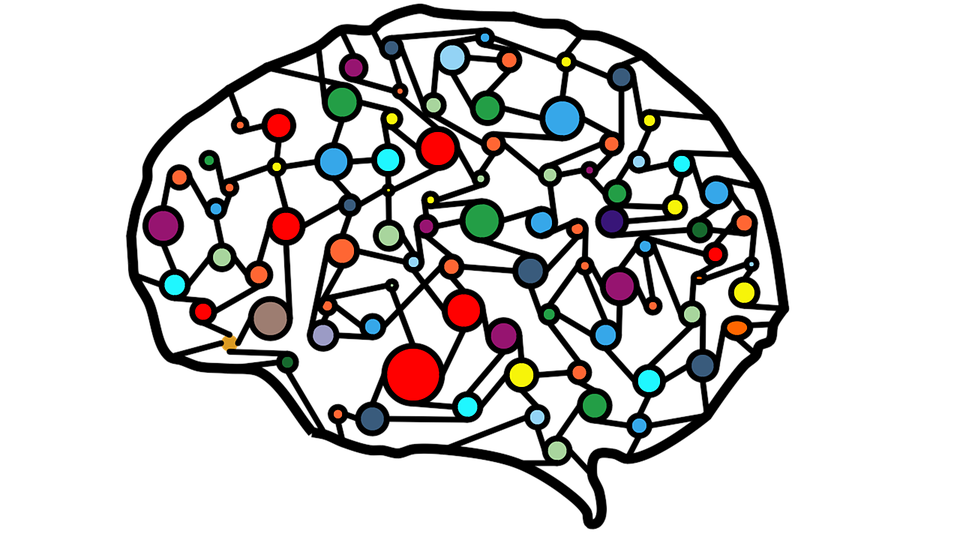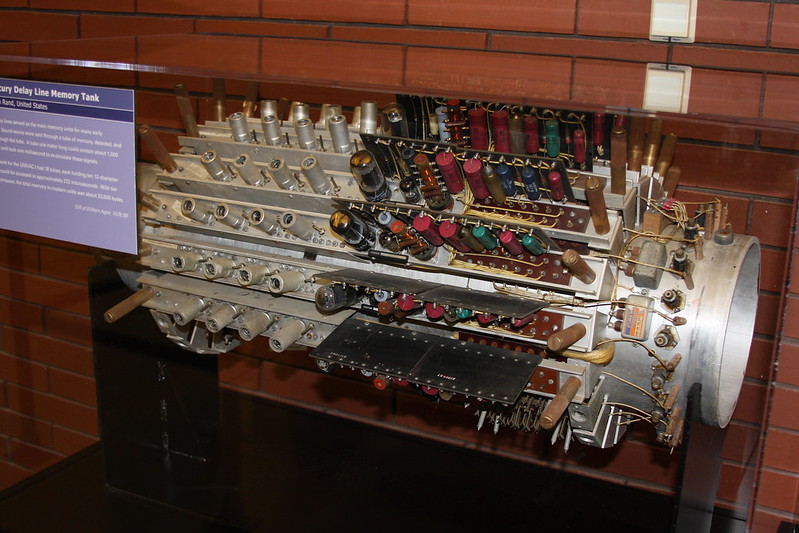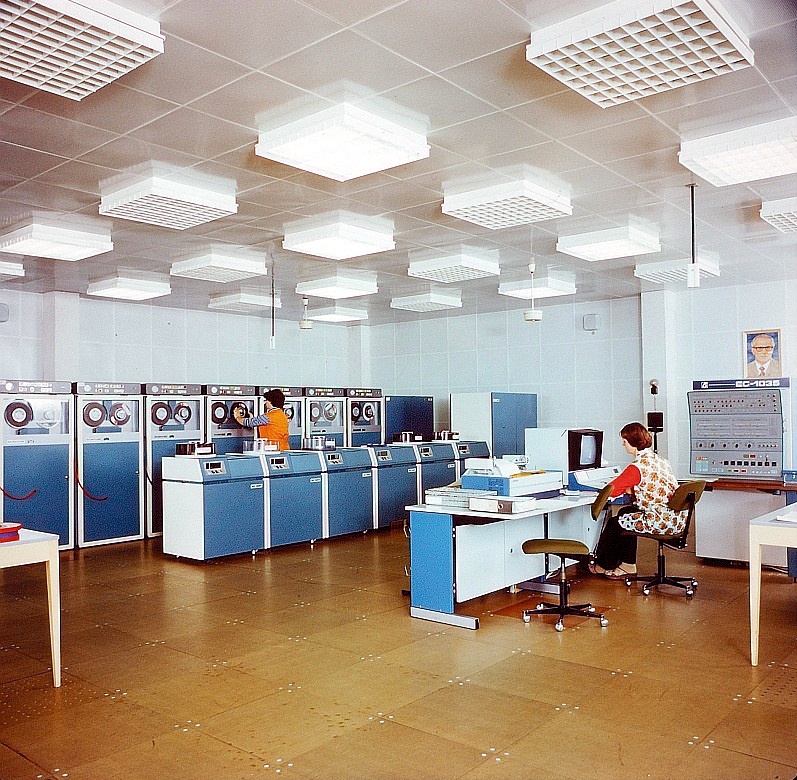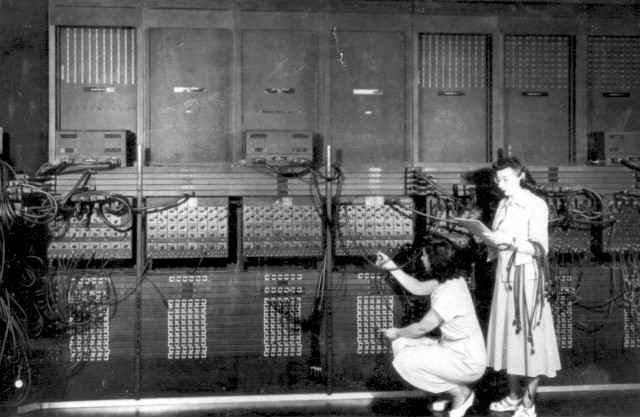Allowing computers to understand language: Part 2 – Word embeddings
This is a second post in the series on Natural Language Processing – “How computers understand language?”. The previous post provided an overview of the initial attempts to analyse texts using computers and introduced such foundational concepts as text tokenization and vectorisation. In this post I present a technique called word embeddings which allows you …
Allowing computers to understand language: Part 2 – Word embeddings Read More »


